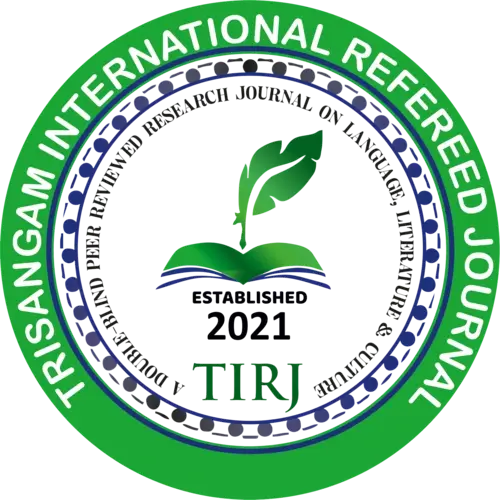Published Paper Details:
MANIK BANDHYAPADHYAYER ‘DUSSHASANIYO’ THEKE NARAYAN GANGAPADHAYER ‘DUSSHASANIYO’ : AKAALER DROUPADIR ATTYA KOTHA.
SATTYA DEBNATH
মানিক বন্দ্যোপাধ্যায়, দুঃশাসনীয়, নারায়ণ গঙ্গোপাধ্যায়, দুঃশাসন, দ্রৌপদী, আত্মকথা, ছোটগল্প, মহাভারত।
Manik Bondyopadhay’s (1908-1956) 'Dushasaniya' and Narayan Gangopadhyay's (1918-1970) 'Dushasana' are two stories written in the context of famine, depression, inflation, black market and above all, the terrible clothing crisis. Both the stories show how the tragic death of humanity in a society plagued by economic exploitation has created a distressing shortage of clothing.The names 'Dishasaniya' and 'Dushasana' are very similar. Dushasana means misrule or oppressive rule, and the mythological connection of Dushasana, the second son of Dhritarashtra of Mahabharata, also comes here. When Draupadi was disrobed in divan in Mahabharata, Krishna appeared and saved Draupadi's shame. In 1943-44 AD, the group of smuggling misrule took away the clothes of many Draupadis of Bengal. Adharma was destroyed by the religious war of Mahabharata, misrule died but now there are no more religious wars, and no one punishes misrule. No one comes forward like Shri Krishna and removes the shame of mothers and sisters. All around is the reign of bad breath. That extreme disrespect of womanhood is mentioned in Manik Bandopadhyay's 'Dushasaniya' and Narayan Gangopadhyay's 'Dushasana'. The story of the two stories is different but the context is the same. Although the horror of the cloth crisis is shown in 'Dushasaniya', a protesting voice is heard in the story, a murmur of resistance is heard in the story.
Journal : TRISANGAM INTERNATIONAL REFEREED JOURNAL
Paper ID : tirj/January23/article-12
Page No : 123-130
Published In :Volume 3, Issue 1
DOI (Digital Object Identifier) :
E ISSN : 2583-0848



 .
.